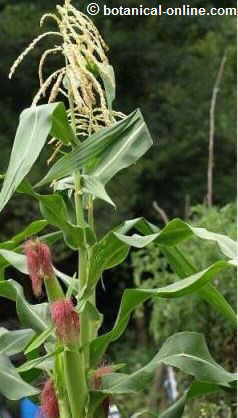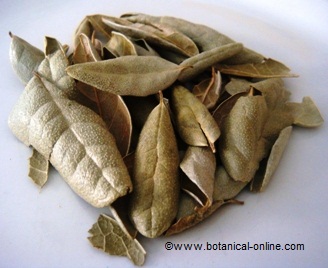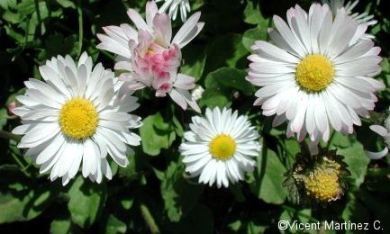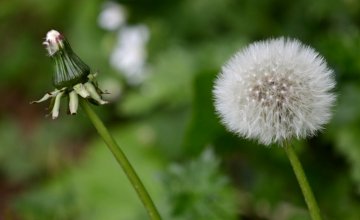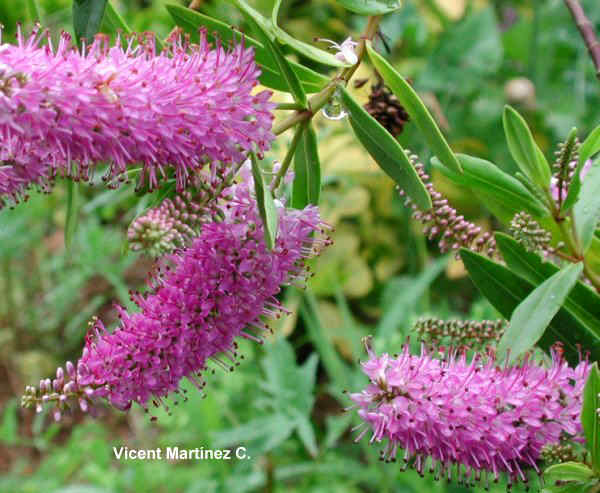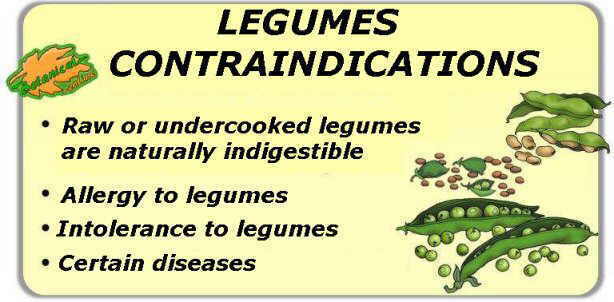Contents
What is ox-eye daisy?
Characteristics of ox-eye (Chrysanthemum leucanthemum)
Common English name: daisy, ox-eye daisy, oxeye daisy,
Scientific name: Leucanthemum vulgare Lam. = Chrysanthemum leucanthemum L. Both are valid and accepted taxonomic synonyms.
Etymology: The term Leucanthemum derives from “leukos” the Greek word which means white, and “anthemon” which means flower, referring to the white flowers of this genus.
Other taxonomic designations:
– Bellis pratense
– Leucanthemum vulgare ssp. ircutianum
– Chrysanthemum ircutiana
Family: Compositae
Origin: native to Eurasia.
Habitat: common ground xerophytic grasslands, meadows, fields, road margins and open forests.
Description of oxeye daisy
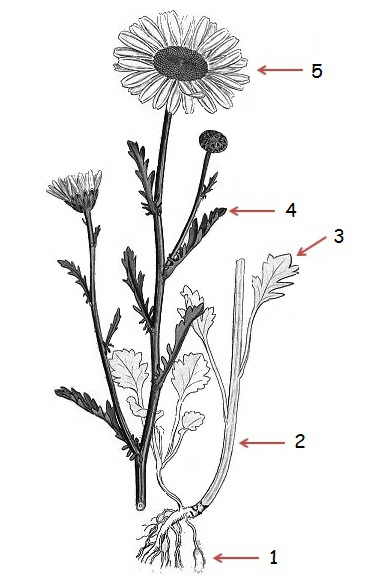
Botanical illustration of oxeye daisy (Leucanthemum vulgare). Highlighted parts: (1) root, (2) stem (3) lower leaves with petioles, (4), upper sessile leaves, (5) inflorescence.
The oxeye daisy or chrysanthemum (Chrysanthemum leucanthemum = Leucanthemum vulgare) is a perennial plant of 20-80cm. high, which belongs to the family of Compositae. It is a plant with erect stems and follicles. Rhizomatous roots.
Its leaves are alternate, spatulate, 4 to 10cm. long. Serrated or toothed rounded margins. The basal leaves are petiolate and sessile above.
The inflorescence of this plant is the typical of composite plants, and it is called flower head. This type of inflorescence is composed of tens or hundreds of tiny flowers. This flower head has a floral receptacle where the flowers are arranged that it is formed by bracts. Bracts present scarious brown or black margins. This receptacle is 2.5 to 5cm. in diameter.
Flowers are radiated, that’s to say in the middle of flower head hermaphrodite tubular yellow flowers are arranged and, on the periphery, female ray florets appear, looking like petals. When we play “she loves me, she loves me not”, we are removing the ray florets or the female flowers of the periphery of the disc floret or floral head.
This plant is self-fertile or hermaphrodite. It is pollinated by insects, bees, flies and beetles.
It blooms from June to August, and October.
The fruit is an indehiscent achene with 10 ribs 10,containing therein a seed.
Uses of oxeye daisy
- Leaves: spring young shoots can be eaten raw, typically finely chop and added to salads. Its flavor is slightly spicy, and should be used sparingly. This appears related in the book of U.P. Hedrick “Sturtevant’s Edible Plants of the World”.
- Roots: The root can be cooked in the spring, says T. Coffey in his book “The. History and Folklore of North America Wild Flowers”. However, its intense and penetrating flavor is not pleasant to most palates, and its texture is quite hard chewing.
- Medicinal: The whole plant, especially the flowers or floral heads, are used in herbal medicine. Flowers are harvested between May and June and are preserved as antispasmodic, antitussive, diaphoretic, diuretic, emmenagogue, tonic and vulnerary.Chrysanthemums have been used in the treatment of asthma, nervous states and pertussis. Some external lotions containing chrysanthemum are good for sores and wounds. Its vulnerary effect has been used to treat chapped hands (decoction of dried flowers).
- Ornamentation: The whole plant is used for ornamental purposes, due to its beautiful flower, reminiscent of the common daisy (Bellis perennis).
- Insecticide: The whole plant has a scent that repels insects, due to its content of pyrethrins. The chrysanthemum plant is used as a natural insecticide.
- Flagship: Chrysanthemum is a showy flower that has not gone unnoticed in many cultures. In Japan, a large chrysanthemum flower on a background gold garnet forms the Imperial seal. There is a festival in Japan called “Festival of Happiness”, which celebrates the chrysanthemum flower.In China, chrysanthemum is the symbol of wisdom and nobility. In the U.S., the chrysanthemum is a cheerful flower, and it is the symbol of the city of Chicago since 1966. In Spain, this flower is carried to the dead on All Saints Day, November 1, coinciding with the flowering of the plant.
Composition of oxeye daisy
- Sesquiterpene lactones: They may cause sensitization and dermatitis upon contact with the fresh plant.
- Pyrethrins: They act as a natural insecticide.
- Resin: It may cause allergy.
* Related information:
– Properties of Chrysanthemums,
![]() More information about daisy.
More information about daisy.
| Botanical classification | |
| Kingdom | Plantae |
| Subkingdom | Tracheobionta Vascular plants |
| Superdivision | Spermatophyta Seed plants |
| Division | Magnoliophyta Flower plants |
| Class | Magnoliopsida Dicotyledons |
| Subclass | Asteridae |
| Order | Asterales |
| Family | Asteraceae o Compositae |
| Subfamily | Asteroideae |
| Tribe | Anthemideae |
| Gender | Leucanthemum |
| Species | L. vulgare |
![]() More information on daisy.
More information on daisy.

